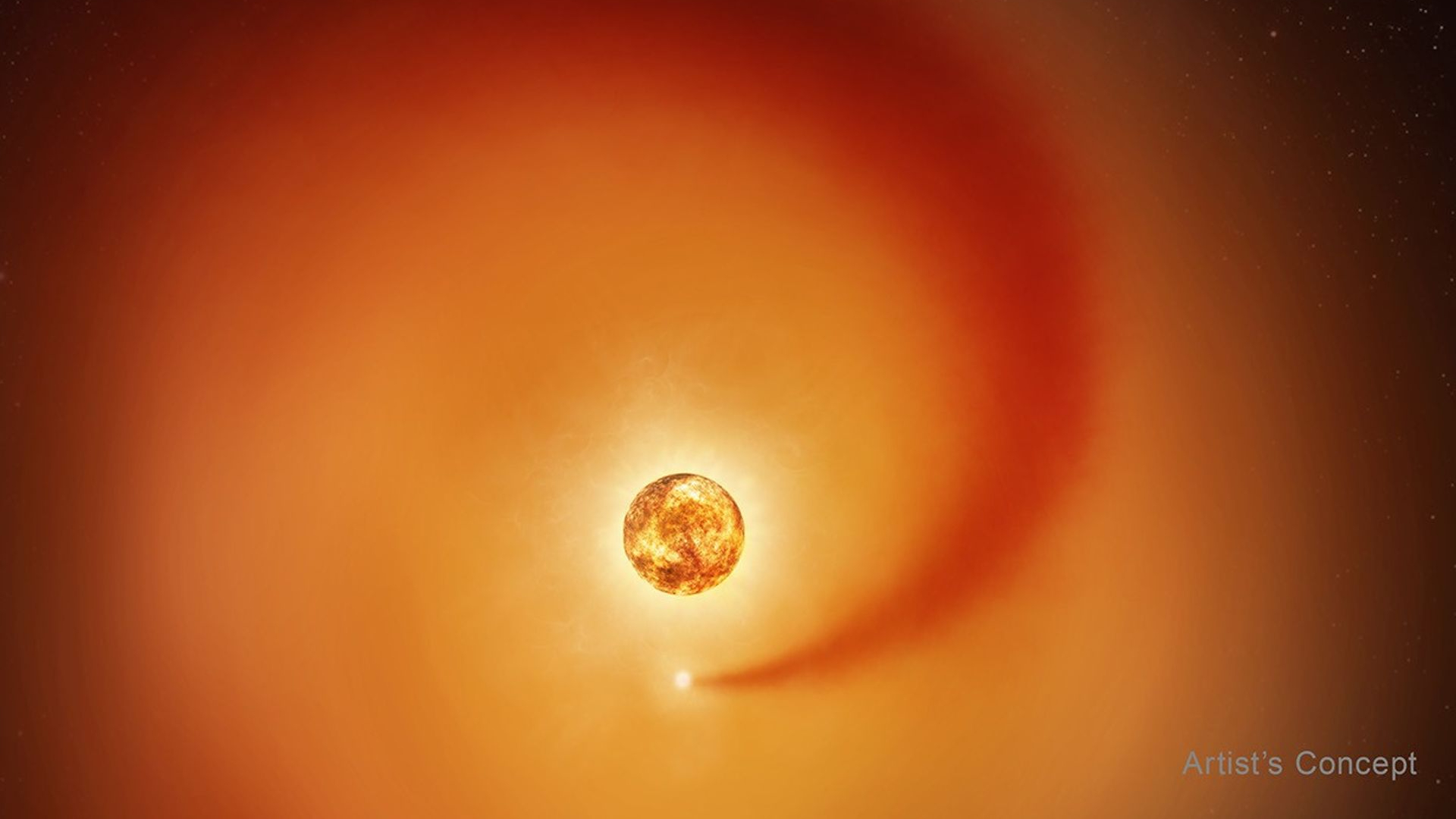Japanese HTV cargo ship, the last 'White Stork' in space, burns up in Earth's atmosphere

The last of Japan's first-generation space cargo ships has gone out in a blaze of glory.
The ninth and last-ever H-II Transfer Vehicle (HTV), a robotic International Space Station resupply ship also known as Kounotori (Japanese for "white stork"), burned up in Earth's atmosphere as planned today (Aug. 20).
HTV-9 departed the station on Tuesday afternoon (Aug. 18), packed with about 7,400 lbs. (3,400 kilograms) of used equipment and other rubbish. The freighter looped around our planet for a spell before mission controllers commanded a deorbit burn, sending HTV-9 down to a fiery death over the Pacific Ocean early this morning.
"We've done it!" officials with the Japan Aerospace Exploration Agency said in a Twitter update. "Just completed all the HTV 'KOUNOTORI' mission perfectly."
Related: Japan's robotic space cargo ship fleet in photos
The solar-powered HTV, which is 33 feet (10 meters) long and 14 feet (4.4 m) wide, began servicing the space station in 2009. The spacecraft carried up cargo on nine missions, all of which were successful.
"Over the past 11 years, the H-II Transfer Vehicle Kounotori has delivered over 40 tons of cargo, research, hardware and equipment to the International Space Station," Joel Montalbano, NASA's space station program manager, said during NASA TV's broadcast of HTV-9's departure on Tuesday. "I want to congratulate Japan on the HTV missions."
Breaking space news, the latest updates on rocket launches, skywatching events and more!
We've done it! Just completed all the HTV "KOUNOTORI" mission perfectly.Thank you @Space_station, @NASA, @esa, @csa_asc, @roscosmos, all of partners and YOU!Wait and see as we visit again with HTV-X.#GOHTV9 #JAXA #ARIGATO pic.twitter.com/wuStYl67cJAugust 20, 2020
HTV-9's death won't end Japanese cargo runs to the orbiting lab. The Japan Aerospace Exploration Agency (JAXA) is developing a successor freighter known as the HTV-X, which is scheduled to fly to the station for the first time in 2022.
The HTV-X will be able to carry more cargo than the old HTV, and the vehicle may go much farther afield as well. The HTV-X could ferry supplies to NASA's planned moon-orbiting space station, known as Gateway, JAXA officials have said.
"Wait and see as we visit again with HTV-X," JAXA said.
HTV's departure from the orbital scene reduces the number of operational robotic resupply craft to three: Russia's Progress vehicle, SpaceX's Dragon capsule (the uncrewed cargo version) and Northrop Grumman's Cygnus spacecraft.
That fleet should get a boost soon, and not just from the HTV-X. Dream Chaser, a space plane developed by Colorado-based company Sierra Nevada Corp., is expected to start flying robotic cargo missions to the orbiting lab in 2021.
Mike Wall is the author of "Out There" (Grand Central Publishing, 2018; illustrated by Karl Tate), a book about the search for alien life. Follow him on Twitter @michaeldwall. Follow us on Twitter @Spacedotcom or Facebook.

Michael Wall is a Senior Space Writer with Space.com and joined the team in 2010. He primarily covers exoplanets, spaceflight and military space, but has been known to dabble in the space art beat. His book about the search for alien life, "Out There," was published on Nov. 13, 2018. Before becoming a science writer, Michael worked as a herpetologist and wildlife biologist. He has a Ph.D. in evolutionary biology from the University of Sydney, Australia, a bachelor's degree from the University of Arizona, and a graduate certificate in science writing from the University of California, Santa Cruz. To find out what his latest project is, you can follow Michael on Twitter.
